At WHYPAY? we believe that effective business tools shouldn’t cost the Earth, which is why we set out to make the best free conferencing service out there. This got us thinking: if you can get conference calls for no cost, what other great services can you get for free? That is why we have scoured the web to find the best free services to help your business and to bring them to you weekly.
In this edition business communication is in the spotlight with the hugely successful conversation tool, Slack.
The importance of talking
Communication is one of the most important aspects of creating a business and making it a success. History is filled with enormous mishaps which have been caused by a critical failure in sharing information, collaboration on work or just simply not talking.
Some of the biggest business failures have been attributed to a chronic lack of business communication. The collapse of Enron, the decline of Nokia or the BP Deepwater Horizon spill. All have cited issues where information wasn’t shared properly or conversations that were required were not had.
While the most dramatic examples of communication breakdown belong to large companies, SMEs are far from immune to the effect. Perhaps you have a de-centralized workforce or there are differing shifts, either of which mean staff do not see each other. Maybe a member of staff has information, but doesn’t realise it’s important to somebody else. These and a hundred more issues can affect your team.
One of the best ways of addressing communication concerns is to use a service that is dedicated to improving the way your workforce talks. This is where you need Slack.
Slack, the communication tool that is anything but lazy
The creation of Slack was almost accidental, originally it was built as a purely internal tool to help with communication while developing the online game Glitch. However, the game was not well received and after just over a year, the servers for this massively multiplayer online game were shut down.
Slack rose like a phoenix out of the ashes, the team investigated developing their little communication tool into something that other businesses may use. After raising $17 million in initial funding the platform was released in August 2013. In around 15 months it was valued at $1 billion and remains the fastest startup to reach that mark.
Organising your entire network
The core of the Slack experience is creating order out of the chaos of modern office communication. Most companies will use several different channels for their staff to communicate, such as email, instant messenger, specific apps and many others. These conversations can become fragmented, the information locked away in specific silos or lost when users move on. Slack aims to fix all this
When you first view Slack you will be forgiven for thinking that it is little more than a normal chat application. The main area looks distinctly empty and very similar to a lot of chat apps you may have used. But look underneath the hood and you find what makes it special. For starters, you can create a whole host of different chat rooms depending on the requirement. Team rooms, office locations rooms, ones for specific projects or just open ones to talk about last night TV. All easily created and accessed.
You can organise your conversations depending on their security level. Most channels will be open and be available to anyone. People will be able to join or leave as they wish and see the entire conversation and attachments right from the get go. Private channels are a little more secure and require an invite from the channel’s creator. These are perfect for when you have sensitive information to share amongst a group of peers. Finally, you have private messaging for one to one secure conversations. All of these can utilise all of Slacks other benefits.
As well as chatting, Slack allows you to share documents seamlessly. By simply dragging and dropping them into a conversation you will quickly share them with everyone in the chat. These documents can then be commented upon or marked for later review.
Building a hub for all of your business tools
While this is all fine and good, what happens if you are already using other apps for various business use? Wouldn’t this just end up duplicating the work? Not with Slacks 150+ application integrations, with some great examples of use with tools mentioned in this very blog. For example;
Trello – Link a Trello board to a Slack channel and you open up a number of benefits. Modify a card and a notification appears in the chat. Set up alerts to automatically send reminders to a channel or person. Share cards in Slack or conversations in Trello. It all works brilliantly.
Dropbox – Are most of your files already on Dropbox? By integrating in Slack you can share the files directly with the minimum of fuss. Multiple Dropbox accounts can be used in each as well, so it’s easy to keep everything important in one place that is easy to search and accessible by all.
Twitter – By integrating Twitter into Slack you can get updates directly into a channel of your choice. This means that all stakeholders are always informed of the latest developments and you never miss a chance to connect. Furthermore, a dedicated group can discuss replies or posts in the chat room before sending them out to Twitter.
Never lose a file or conversation again
With all this information you may be forgiven for thinking that Slack might quickly become confusing or overly cluttered. This is quickly remedied by using the powerful search tool that quickly becomes your best friend. By using the search modifiers you can specify channels, users, times or even if a smile emoji was used.
For example, say you were looking for a file that was shared by someone in November. Then simply search “from:username during:November” then click the file tab. You could be more specific and state exact dates or what channel it was posted in. Every piece of information on Slack is searchable in this way.
As with a good number of tools that we feature on our blog, Slack is a cloud based platform. This means that your information is available wherever you go, as long as you have an internet connection. With Android, iOS and beta Windows phone apps all available, the vast majority of mobile devices are covered.
Being cloud based also brings many other benefits, such as disaster recovery, security and the ability for multiple people to access information at once.
Increased efficiency, no matter if you make soap or spaceships
Do you still need convincing that Slack is for you? Maybe some facts and figures will help. After surveying 1,629 Slack users, the following insights were gained
- On average, users reported being around 32% more productive when using Slack
- Internal e-mail was reduced by an average of 48% and meetings by 25%
- 62% of people indicted information was now easier to find
- 79% believed their team culture had improved with 80% saying Slack increased transparency.
Add in the fact that Slack is used by a huge amount of some of the most recognisable names in the world. From eBay to The Times newspaper, Lush cosmetics to NASA’s Jet Propulsion Laboratory. It really is that versatile.
For a tool this powerful you would expect to pay a great deal, right? Well Slack starts off being absolutely free, forever. As with many freemium services, paid versions are available and offer more tools and support. However, the completely free version should be more than enough for most SMEs and startups.




